Baby head shapes associated with flat head syndrome/plagiocephaly
Parents often notice mild deformities in their babies’ skulls and naturally begin to worry. Typically, this is most evident when looking at their babies’ heads from above (the bird’s eye view) while the hair is wet.
It is perfectly normal for your newborn baby to have an initially irregular head shape. However, irregular or flat head shapes caused by the birthing process should begin to resolve over a period of a few weeks.
If any flat spots or irregular shaping are not improving or are more noticeable by 3-4 months of age, conservative treatment such as repositioning, supervised tummy time, or physical therapy may be recommended. Orthotic treatment is common at 4-6 months of age for infants with persistent moderate to severe deformities.
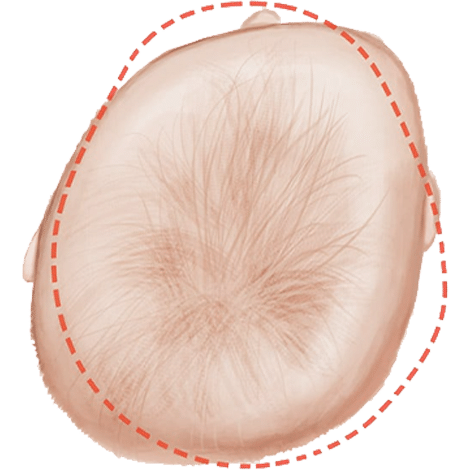
Presents as an asymmetrical (uneven) head shape. The back of one side of the head will be
flattened, often pushing the forehead and ear on the same side forward.
Evaluation by a physician or orthotist is recommended for deformational plagiocephaly Types 3-5.

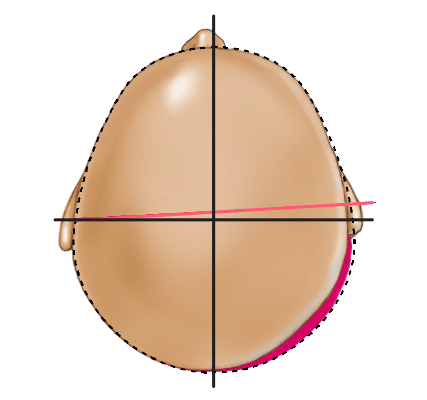
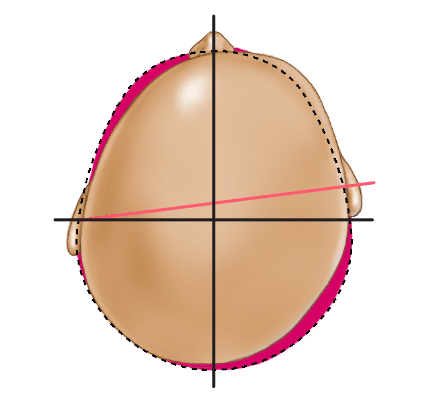
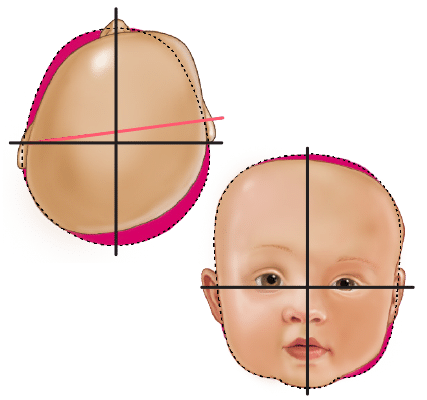
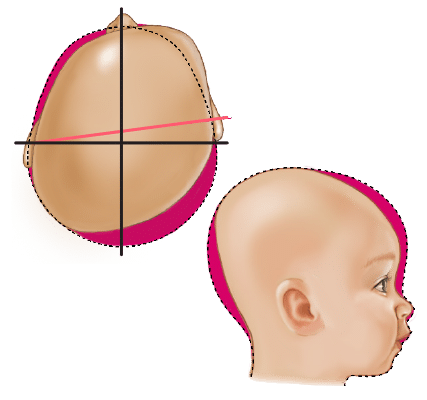
Presents as an abnormally wide head shape resulting from a central flattening of the back of the head. You may notice a bulging forehead and increased height of the back of the head in the side view. This shape can also be asymmetrical.
Deformational brachycephaly with asymmetry
Evaluation by a physician or orthotist is recommended for deformational plagiocephaly Types 3-5.
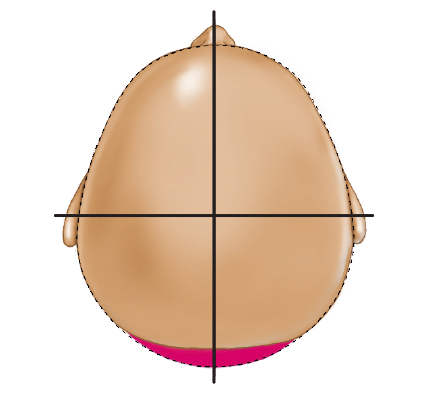
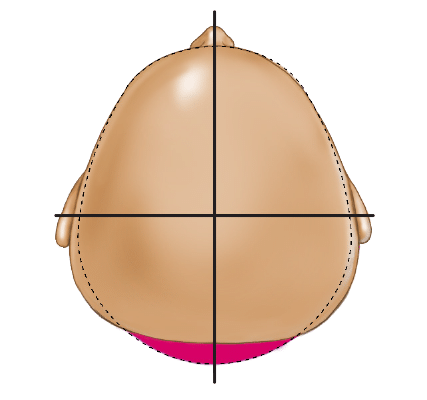
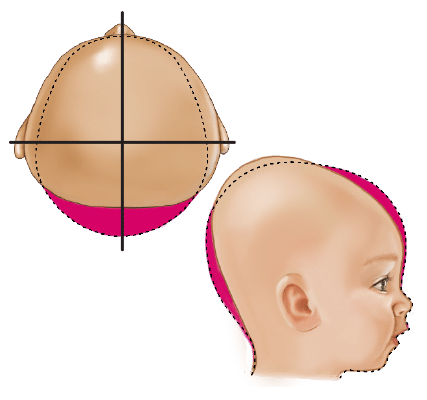
© 2025 Orthomerica Products, Inc. All rights reserved.